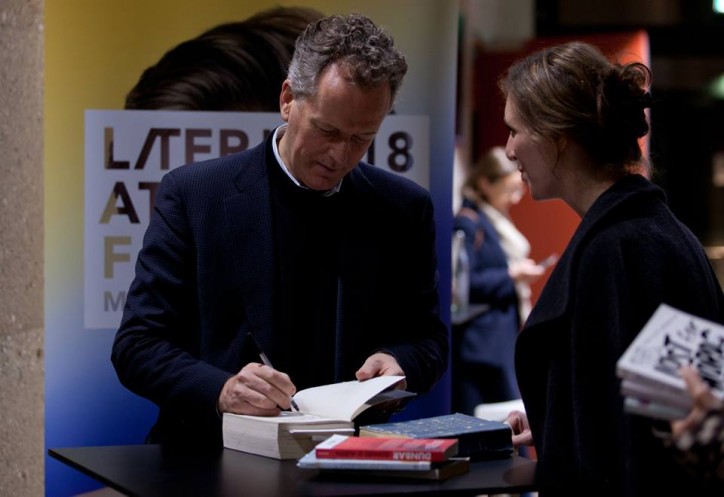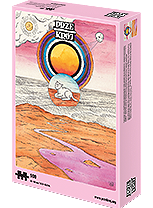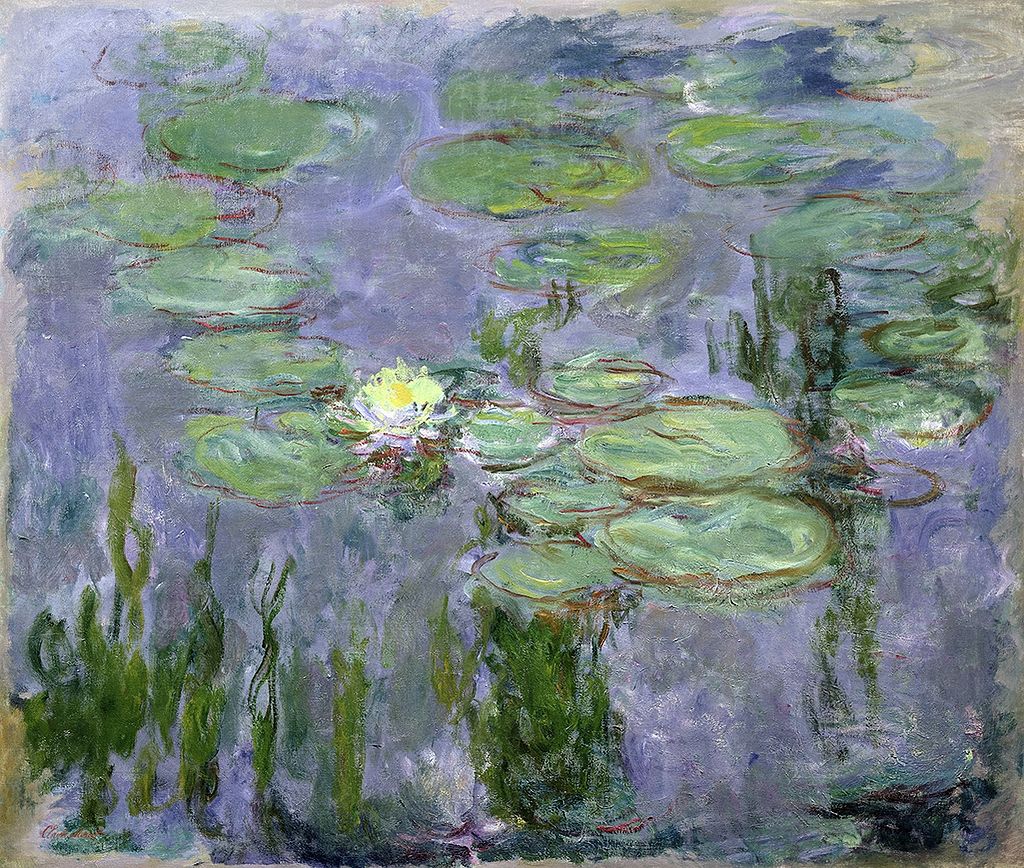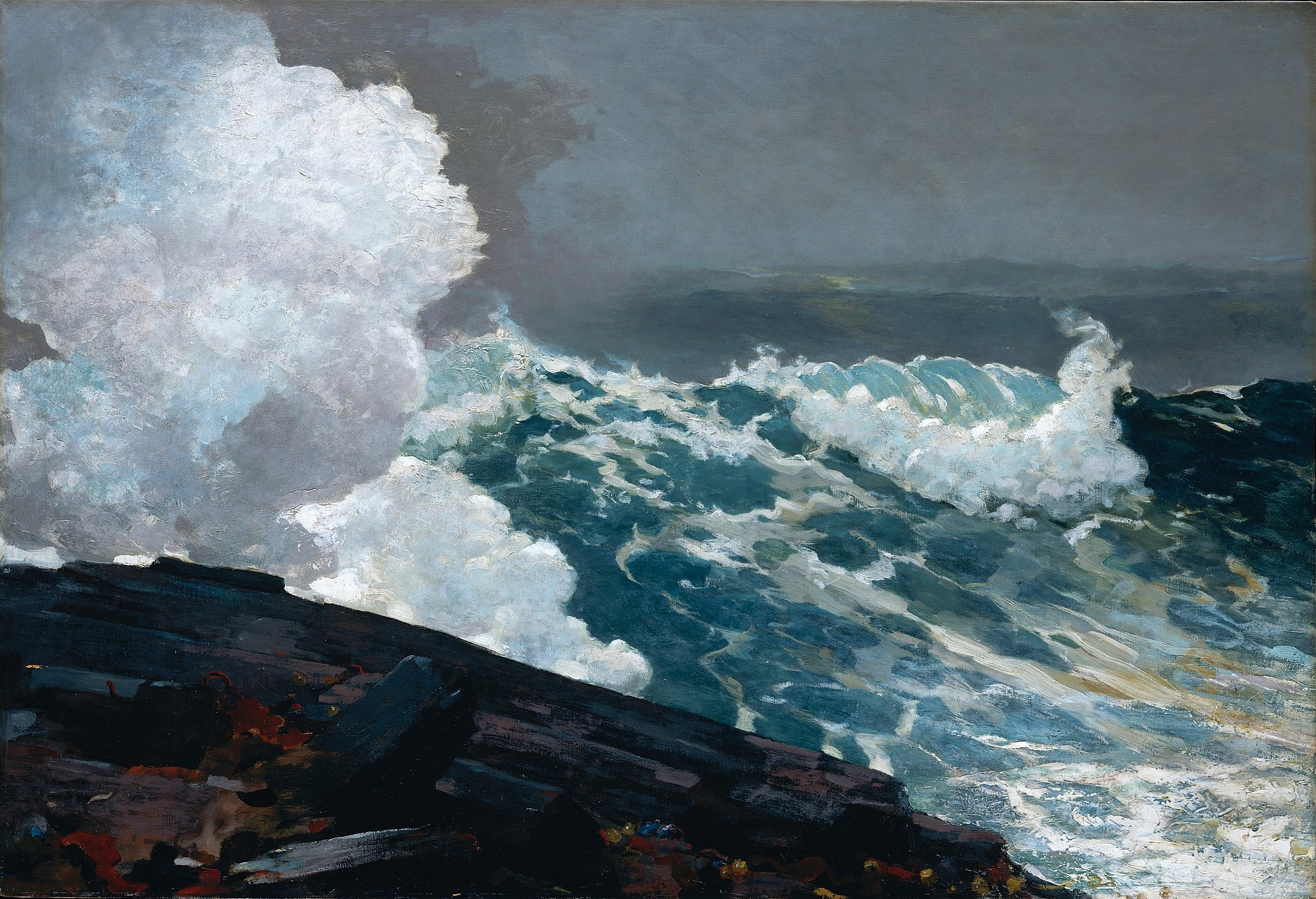
To be able to voluntarily dispose of one’s attention
It’s a November evening in Munich and the temperature hovers at a frigid zero degrees. I get off the metro at Königsplatz and walk upwind through a vast square filled with red silk poppies. This installation, by the German artist Walter Kuhn, commemorates the centennial of the Armistice of Compiègne, which ended World War I. Because it’s so cold and windy, I have difficulty reading the map; there are hardly any passers-by I could ask for directions. It takes me a while to get to the Film School where a discussion featuring Edward St Aubyn and Edward Berger (who directed the recent Patrick Melrose television mini-series) is taking place. My bag is heavy with St Aubyn’s books: the Patrick Melrose novels in both English and Polish, as well as others, including A Clue to the Exit (a story about a terminally-ill screenwriter who, before he dies, decides to explore human consciousness and write a wonderful book, which he does on the Côte d’Azur and in the Moroccan desert); On the Edge (a novel about the search for the meaning of human existence set among a community of New Age spiritual seekers); Lost for Words (describing the behind-the-scenes workings of a literary award that seems to resemble the Booker Prize rather closely). I am also lugging St Aubyn’s latest work, Dunbar, and a novel from the Hogarth Shakespeare project, which also features Jeanette Winterson’s riff on The Winter’s Tale and Margaret Atwood’s retelling of The Tempest. St Aubyn took on the reworking of King Lear, and I can hardly imagine a better choice of text for him. I have also brought a file of my own notes – I’m planning to ask St Aubyn for an interview on the notion of freedom.
“What do I think freedom is? At the most basic level, I think that freedom is being able to dispose of your attention voluntarily, being able to think about the thing you want to think about and not to be distracted by obsession, retrospection or projection…” said St Aubyn in a previous interview. “What is the purpose of art?” reflects Sam, one of the protagonists in Lost for Words, and possibly the character closest to the author’s voice. “To arrest our attention in the midst of distraction.” Attention – the supposedly intimate space within us that is constantly exposed to external influences on every side.
Freedom is one of the key themes in St Aubyn’s work. In the Melrose novels, freedom is important because the protagonist has experienced drastic imprisonment throughout most of his life: first sadism and rape at his father’s hands; later, his own drug and alcohol addiction. This makes him strongly motivated in his quest to find a field of freedom; ‘some’ field of freedom, echoing Some Hope (the title of one novel in the Melrose series). This ‘some’ places freedom and hope within our reach. One character in A Clue to the Exit puts it in a similar way: “As I begin to experience more freedom, the definition of what it is changes. Freedom is always what I don’t have, because it refuses to be possessed. It may have a ‘field’ though, in which I can learn to spend more time.”
A certain “democracy of entrapment” rules the lives of the protagonists of the Melrose novels. They are enslaved by their anxieties, snobbisms, attitudes towards money and, most of all, their lack of insight into “the resistant bedrock of self-knowledge”. In their enslavement, some are grotesque, such as Patrick’s aunt Nancy, who is resentful that nobody from their set will come to her sister’s funeral because it coincides with Prince Charles’ wedding day. Some, like Patrick, are making some progress. This progress is, however, slow and modest. I read this progress as optimism – not quite easy, and yet credible. This meaning seems very necessary today; a valuable alternative to the nihilism otherwise present in countless contemporary novels.
Self-knowledge and transformation
For St Aubyn, freedom is associated with the ability to change. His early novels were based on traumatic personal experiences; in writing, he transformed these horrendous past events into something quite beautiful and, simultaneously, even funny. His books are cultivated with the care of an anxious dinner party host, who strives to make sure that all of his guests are enjoying themselves. The specifics are described with elegance and acerbic wit, and the picture he paints is rendered in exceptionally high resolution: “He knew she had not put the gold cherubs against the William Morris-styled wallpaper; on the other hand, she had not taken them down.” With its carefully perfected details, St Aubyn’s prose instantaneously carries a universal, emotional significance. To place St Aubyn’s work among the ‘lives of the upper-classes’ or ‘domestic violence’ sections of a book store would reveal intellectual indolence.
St Aubyn’s upbringing and experience are far from my own, and yet I feel that he is writing about me. About me and about every single one of us – after all, everyone struggles with some kind of a wound or suffering. Patrick Melrose is a full-blooded protagonist, and simultaneously a metaphor. Making an effort to get to know oneself and taking responsibility for oneself is key to the transformation of both Patrick and other characters in St Aubyn’s prose. It is a transformation that sometimes resembles the rites of passage of superheroes. As Charlie in A Clue to the Exit puts it: “I was ready to die, because I was entirely fulfilled, and I was ready to live, because I was entirely ready to die.”
In a world where “Nietzsche announced the death of God; Foucault announced the death of Man; the death of Nature announces itself, with no need for an intermediary” – as Didier, one of the protagonists of Lost for Words, writes in an essay – some field of freedom that we can use sensibly still remains.
Honesty, emotional generosity, and the capacity for selflessness can help us develop this freedom. Such qualities, alongside tenderness, intertwine in a triple love scene in the finale of On the Edge. Remarkably, for St Aubyn the struggle for self-knowledge and transformation does not equal resignation, punishment or a barely attractive consolation prize. On the contrary, St Aubyn demonstrates that Responsibility – often perceived as the boring, badly-dressed sister of Freedom – is sexy.
How to be honest and not die
A crowd of people gathers outside the auditorium of the Munich Film School. I see the director Doris Dörrie, who will chair the discussion. She is wearing skull print socks. St Aubyn arrives wearing a long navy blue coat, closely followed by Edward Berger. Their conversation is interwoven with fragments from the television series directed by the latter. This idea seems to take a page out of Orson Welles’ book – I am looking at the author of the novel sitting on the stage, and above his head Benedict Cumberbatch’s Patrick Melrose marches down the corridor of a New York funeral home to see his deceased father (Hugo Weaving). Little Patrick (Sebastian Maltz) follows him. I see the person who has lived through this experience and transformed it, as well as images based on his work. On screen, Cumberbatch head-butts his father’s coffin; on stage, St Aubyn’s right hand lies firmly on his thigh, as tears well up in the eyes of many audience members.
St Aubyn is very reluctant to give interviews; initially he did not give any at all. He knew that sooner or later someone would ask: “Is this all about you?” He was not ready to talk about his past in interviews, but, equally, he knew that without honesty his entire literary project would not make any sense. After publishing three books, he answered in the affirmative.
“Don’t ever tell your mother or anyone else what happened today, or you’ll be very severely punished. Do you understand?” Patrick’s father says on the day he rapes his son. Having experienced something as traumatic as this, telling the truth is a particularly strong manifestation of freedom. An integral part of this honesty is the suffering that one needs to go through. No one can stop us from taking this step, just as we – no matter how much we want to – cannot stop anyone else from going through it. “[…] When you’re looking for independence, your own despair is better than someone else’s hopes,” as one of the heroines in On the Edge says.
Artistic freedom
Emotional truth is one thing, and the ‘who is who’ of a novel is quite another. Patrick Melrose shares many experiences with Edward St Aubyn, and yet remains a separate entity. If you read these novels for the voyeuristic pleasure of examining someone’s ‘real life’, then not every fragment would, in fact, be ‘real’. Some portions of the Melrose pentalogy are almost reportage; the author invents other parts.
When you gets to know St Aubyn’s other work, his literary playfulness becomes even more fascinating. A Clue to the Exit features a novel within the novel, and its protagonists are: Patrick (Melrose), and Crystal and Jean-Pierre, characters from On the Edge. In this respect, Lost for Words is the funniest of his works. Featuring the behind-the-scenes workings of a literary award, it contains numerous internal texts, and plays with changing perspectives and style. Here, St Aubyn reveals himself to be an expert at showing different points of view; a master of polyphony. He is a narrator who knows perfectly well how to exercise his artistic freedom.
Bad News and At Last are also a magnificent display of such polyphony. Charlie, the writer and protagonist of A Clue to the Exit, shares a workshop tip with the reader: “I felt the relief of writing a third-person narrative. It is so much more personal than a first-person narrative, which reveals too flagrantly the imposture of the personality it depends on.” St Aubyn is a writer who is able to phenomenally manage all the planes simultaneously, paying attention to both the foreground and the background. “Personally, I think that the world is both heart-rending and funny. How we perceive something depends on our distance to it,” he says.
Monet’s Water Lilies
St Aubyn autographs the books I brought with me and accepts my letter, but responds to my interview request with just an enigmatic smile. Something akin to a distinguished force field prevents me from insisting.
The following morning is stupendously sunny. With ‘some hope’ that St Aubyn might spontaneously agree to an interview after all, I walk around Munich waiting for a response. I go into the Neue Pinakothek, and spend a while in front of Monet’s Water Lilies. In the finale of A Clue to the Exit, its protagonist Charlie dashes into a Monet exhibition a few moments before picking up his daughter – whom he hadn’t seen for a number of months – from nursery. It has just turned out that his illness is treatable and that he will, after all, live. “The water was a natural mirror for the mirror of art: once that dialogue of reflecting surfaces was set up, everything else – depth and surface, abstraction and representation, paint and painted – could enter into it, and when these compacted reflections reached their highest concentration there was a burst of freedom, the flashing moment when the eye perceives itself.” For St Aubyn, to ‘live’ means to ‘participate.’
Earlier, Charlie – convinced of his imminent death – had contemplated its proximity in a Moroccan desert: “I felt that I was participating in reality for once and not just hoping and moping […] I was helpless from the strangeness of reality, not from some suburban despair induced by the insult of circumstance, and this helplessness was the greatest freedom I could know.”

Translated by Joanna Figiel








